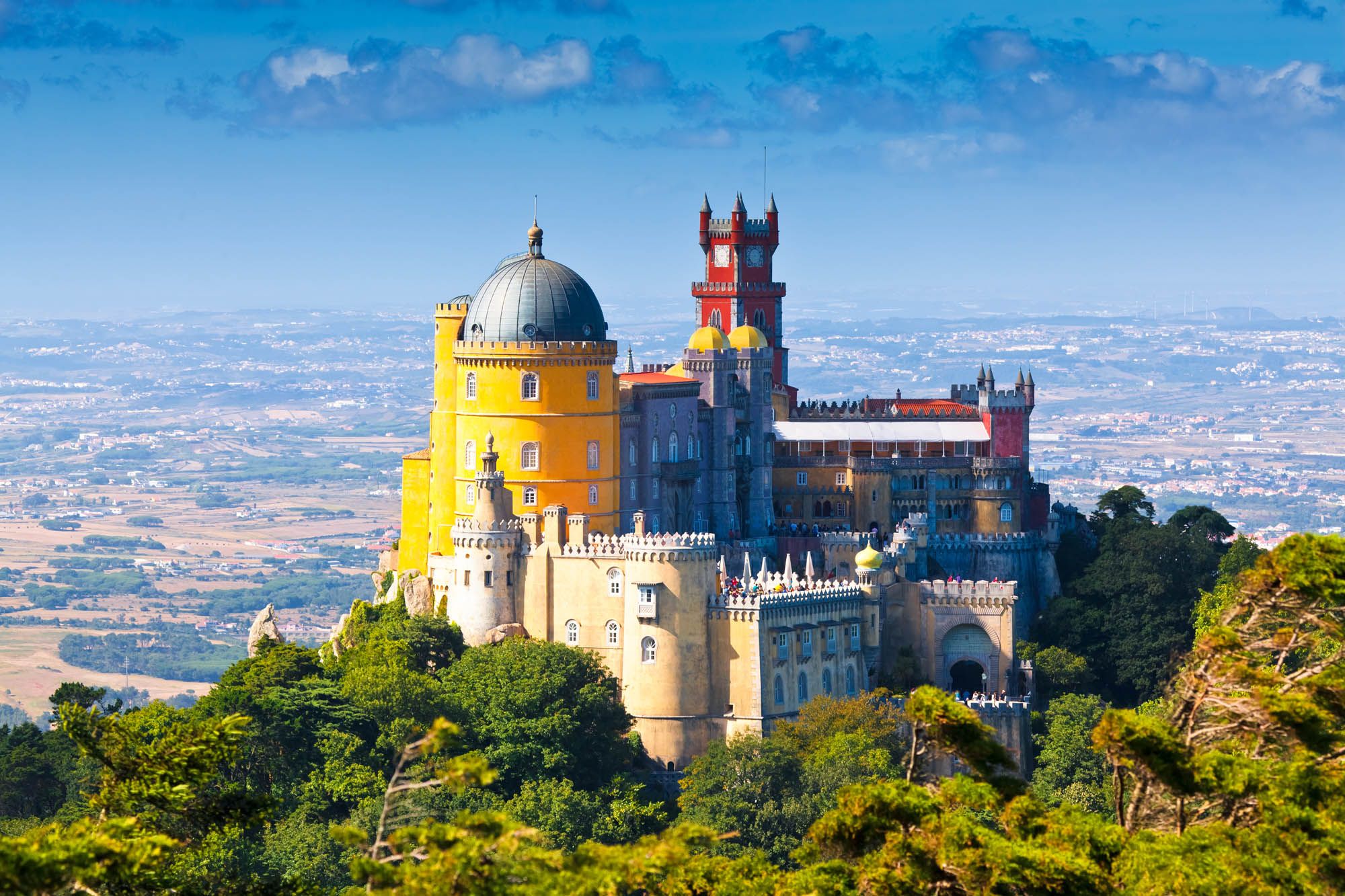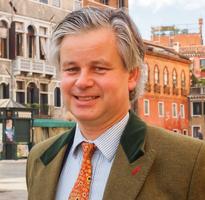Whether staying in Lisbon or in Sintra itself, exploring this small mountain town and the surrounding hills, a UNESCO World Heritage site, is an absolute must. Just 35 minutes' drive from Lisbon, it is one of the oldest and most beautiful little towns in Portugal with some important parks and monuments, as well as wonderful walks through enchanting forest and parklands. Sintra has its own micro-climate due to its altitude and is therefore pleasantly cooler than Lisbon in summer (and, on the day I went, also wetter).
Although it is possible to take a train from Lisbon, the distances between the palaces when you are there means a private tour with a driver-guide is a much more convenient and informative way to use your time, as I did. During a typical full-day tour, you visit two or three palaces/gardens, the nearby Cabo da Roca (Europe's Westernmost point) and the pretty seaside town of Cascais. However, being the Kirker Concierge, I squeezed in as many sights as possible - a warning though that Sintra is very hilly and I therefore recommend a much gentler itinerary than what I attempted.
On the way I made a quick stop at the impressive Palácio de Queluz, an 18th century royal summer palace with wonderful grounds. First stop in Sintra was the 10th century Castelo dos Mouros. A brisk walk through forested gardens to get to the top was a solid warm-up for climbing around the battlements, taking in wonderful panoramic views.
The Palácio da Pena (pictured above) is a colourful Gothic fantasy castle built in 1839 that seems to float on the mountain summit, the second highest in the area. My legs still had some energy after visiting the castle, so I decided against the shuttle bus that takes you up the steep climb from the main entrance to the palace. I could have spent hours here, and hours more to explore the 85 hectares of forest and gardens, but onwards and downwards I went to my next port of call.
The 11th century Palácio Nacional de Sintra in the town centre is instantly recognisable by its two tall white conical chimneys. Residence of the Portuguese royal family from the 12th century, its current form has remained unchanged since the 16th, and it is home to some interesting ceiling paintings amongst other treasures.
For lunch, I dined at Taco Real at the top of the tiny alleys in Sintra town itself. The live Fado music set the scene for excellent Portuguese food and first-class service. There are many such restaurants in Sintra and all the main palaces also have cafés if you'd prefer. Rested, revitalised and refuelled, I was ready for the off again - and then the rain started.
Next stop was the newly-renovated 19th century Palacio de Monserrate. All very splendid, but the real attraction here are the stunning botanical gardens with plant species from all over the world and a labyrinth of paths with ornamental lakes and a waterfall. Even in the rain, I stopped again and again to gaze in wonder at such amazing scenery - worth getting wet for.
Moving on, unfortunately without time to visit the remarkable Quinta da Regaleira mansion that I just caught a glimpse of, we then drove the short distance to Cabo da Roca, Europe's westernmost point, marked by a large monument that overlooks steep cliffs above crashing waves on the rocks below. By this point it was pouring down but the horizontal rain and gale force winds somehow added to the atmosphere of the location; it felt like the end of the world, not just the edge of Europe.
Further along the coast heading back towards Lisbon, our final stop was the charming beach resort town of Cascais. The colourful fishing boats and choppy waters made for a very scenic view, and the road all the way back to Lisbon hugs this beautiful coastline.
This grand day out (that my legs rather rudely complained about the following day) left me yearning to go back and stay for a few days in this incredible cultural landscape.































